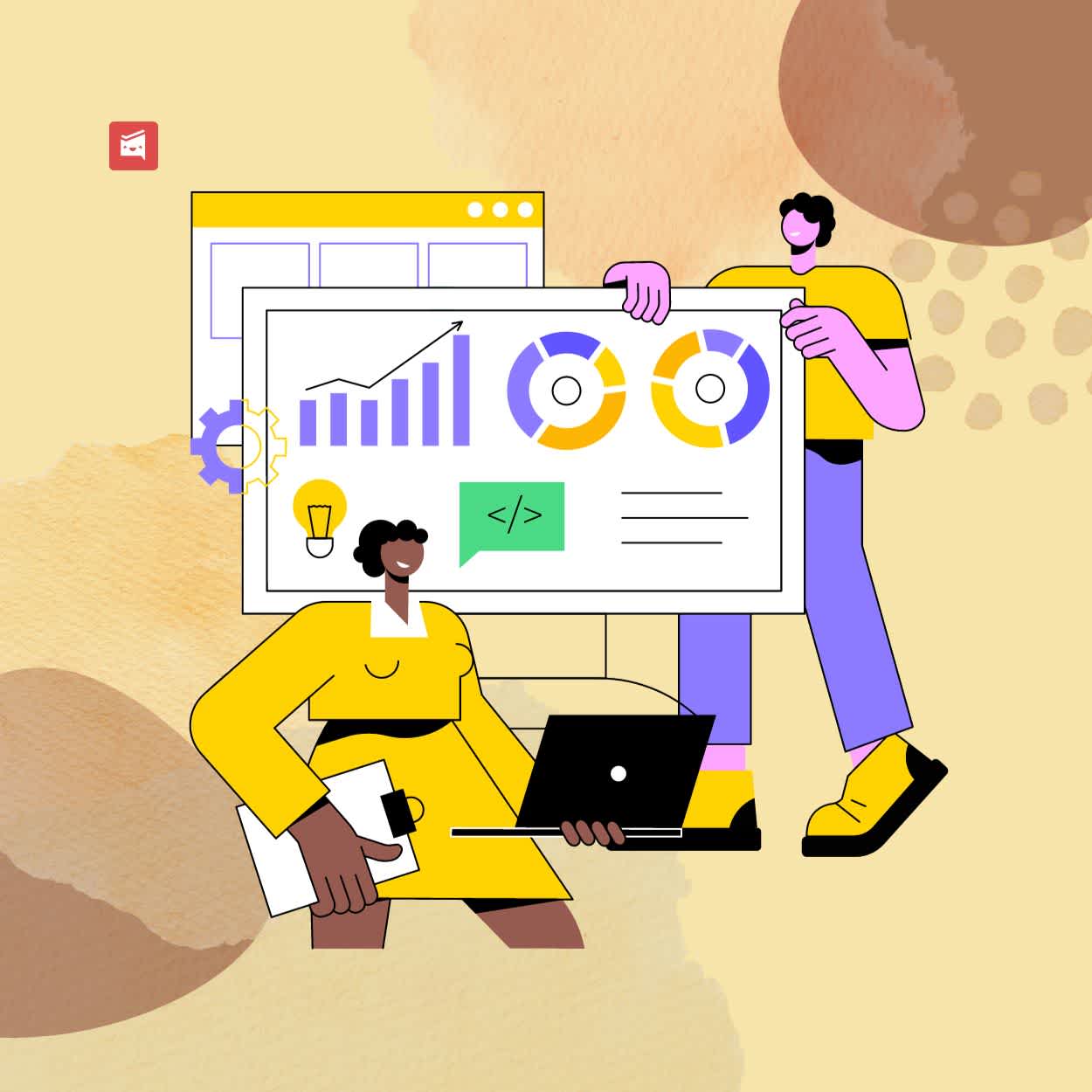What is Employee Experience Software and How Can It Benefit Your Organization?
ByJulian Gette
Workast publisher

Workast publisher
Many companies focus on creating an exceptional customer experience but don’t invest in the employee experience. Yet, without employees, you can’t serve customers. Employee experience software is one tool you can use to create a better workplace environment and improve employee satisfaction levels.
A positive employee experience leads to happier, more engaged employees. Many factors influence employee happiness. Technology is one. Employees enjoy their jobs more when they have technology that makes their work easier. A digitally transformed workforce tends to have higher productivity levels and lower employee turnover rates.
But while employers think they are meeting workers’ needs, many workers disagree. Ninety percent (90%) of C-suite executives say they pay attention to the needs of employees when rolling out new technology. Yet, only 53% of employees agree with that.
According to Applaud’s Digital Employee Experience 2023 Trends Report:
37% of companies need employees to access 6 - 10 different HR Systems
38% of HR services are not accessible remotely
Many employees also seek employers that offer a more sophisticated digital workplace experience and will likely stay with a technologically forward-thinking company.
The employee experience encompasses all interactions and touchpoints an employee has with a company from the time they apply for a job to the end of their service and even post-employment.
Employee experience management software centralizes and simplifies several functions, including:
Job application processing
Onboarding and induction procedures
Internal communication
HR tasks
Training and development programs
Remote working platforms
Exit procedures
Employee alumni programs
Employees, just like customers, want convenience and easy access to information. Most of America’s current workforce consists of younger generations, like Millennials and Gen Z, who prefer using digital communication channels.
According to a PricewaterhouseCoopers survey, half of workers would prefer HR tasks, like looking for new positions in the company, scheduling time off or enrolling in benefits, to primarily take place digitally.
Many also want the option of working remotely. A study by Tracking Happiness found that remote working increases employee happiness by 20%. Most employee experience platforms support online team collaboration and workflow management.
Employee experience platforms can boost organizational efficiency by streamlining many internal processes.
For example, if employees can access HR policies via an employee self-service portal, they won’t need to request them from the human resources department. This means HR staff don’t need to attend to minor queries and can spend time on higher-value tasks instead.
Other benefits include:
Better communication between teams and departments.
Increased productivity.
Enhanced employee support.
Self-service capabilities through an HR portal, intranet or knowledge base.
Improved employee engagement and retention rates.
Better customer service. Customer service is often a reflection of employee experience.
Gaining more employee ambassadors which can attract better talent. Employees with a positive employment experience are more likely to promote the company as an employer of choice, which can help you attract better talent.
Employee experience software comes with a range of tools and features. The platform you choose should support the needs of your organization. Here’s a list of the types of features employee experience platforms offer.
A help desk. A centralized internal help desk enables you to resolve employee queries faster. If it includes a ticketing system, you’ll be able to manage, prioritize, assign and track queries more efficiently.
Automation and artificial intelligence (AI). From chatbots that assist job candidates through the recruitment process to onboarding communication that automatically directs new staff to company and HR resources, AI can significantly improve the employee experience.
Intuitive user experience/user interface (UX/UI) system. A system that is cloud-based, user-friendly and optimized for mobile devices will allow employees access on any device and from anywhere in the world.
Customizable. Some employee experience software can integrate with other business systems and third-party applications, allowing you to customize and scale according to your business’s needs.
Multichannel capability. Many employee experience systems support various communication channels so employees can submit queries from multiple channels.
Knowledge base. A self-service knowledge base or resource library allows employees to find information on their own.
Feedback functionality. You can run surveys and polls and let employees provide feedback and suggestions (anonymously if they wish to).
Reporting and data metrics. If the software you select offers data analytics, you can gain valuable insight into employee satisfaction levels and predict which employees are at risk of leaving the organization.
The employee experience is influenced by several factors, poor technology being one. Employee experience software can create a digital environment that makes it easy for employees to navigate the workplace. It also allows HR and line managers to support workers more efficiently, which can lead to a happier workforce.
